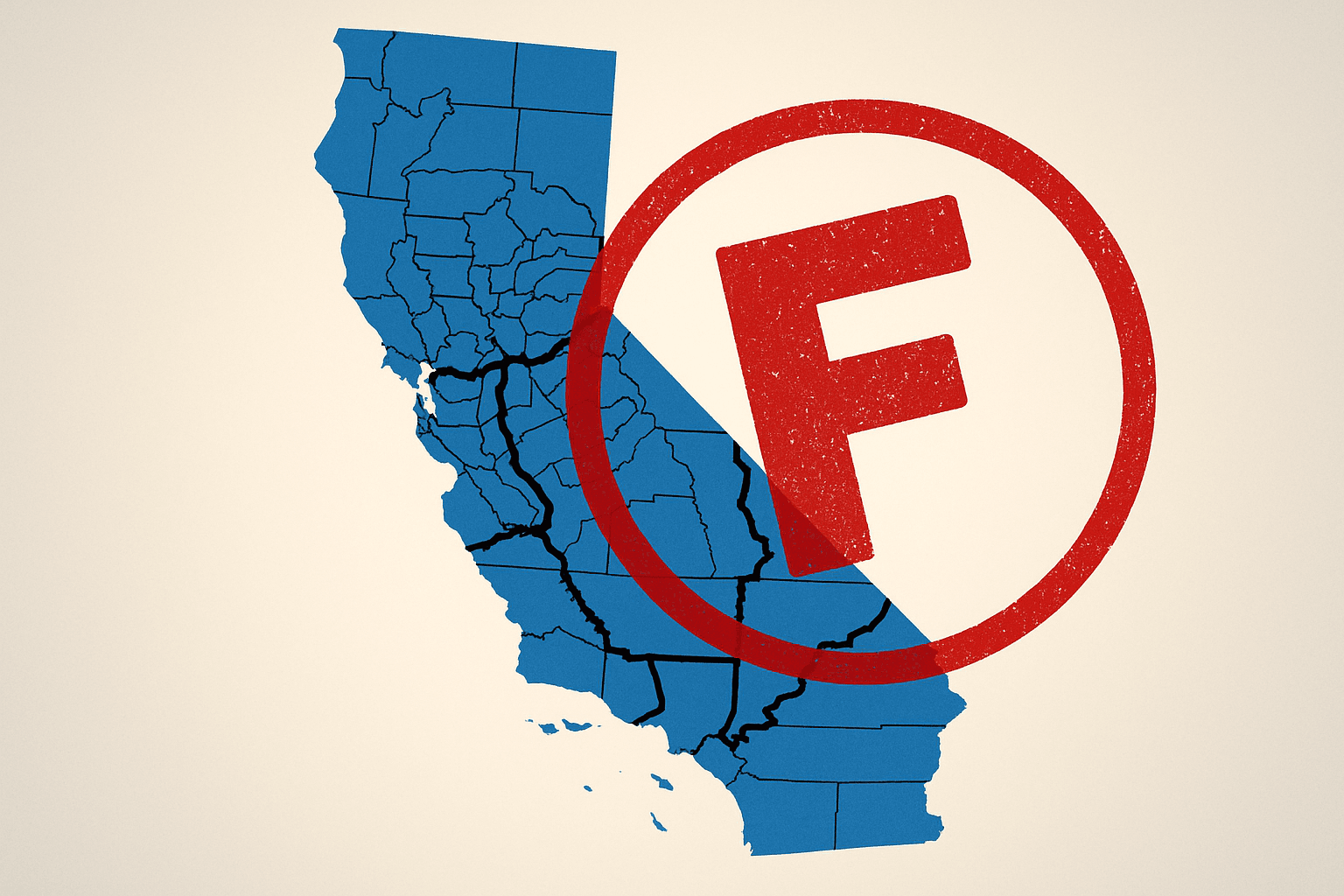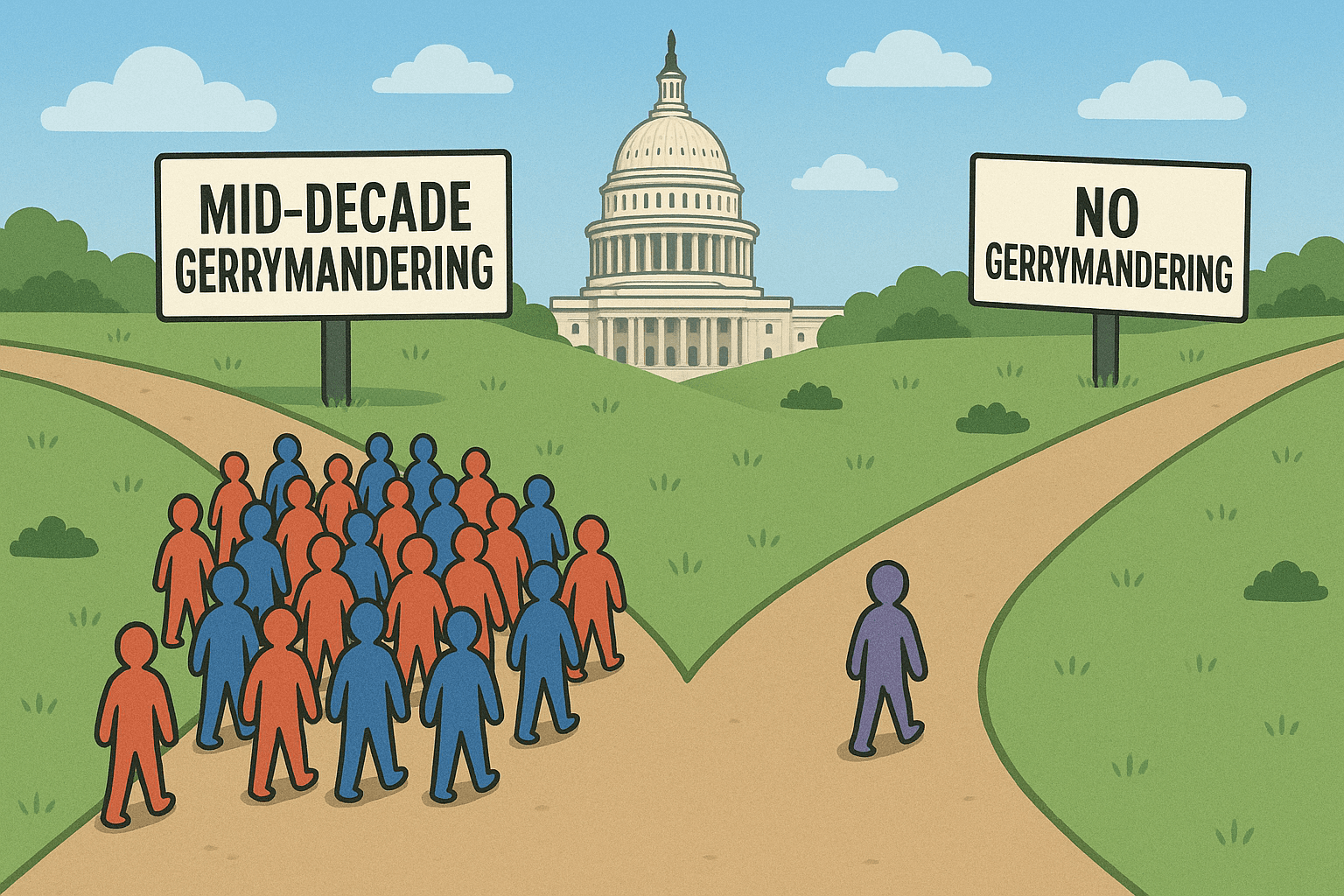Looking to the Founders: The Copper Panic and The Gold Standard Debate

No State shall . . . coin Money; emit Bills of Credit; make any Thing but gold and silver Coin a Tender in Payment of Debts... --U.S. Constitution, Article I, Section 10
July 1789
George Washington's new government had only been in place for a few short months when it faced its first financial crisis. The new government under the Constitution had just been elected, the Treasury hadn't even been formed yet -- but the country was dealing with the collapse in the value of colonial and Confederation-era coinage.
Colonial currency had always been problematic. The British heavily relied on legal-tender paper and copper currency because of a monetary policy employed to pay for foreign wars. Although unlawful, the colonists preferred Spanish silver coins -- eventually the U.S. dollar would even be fashioned after the Spanish 8-real. Adding to the problem, each state coined its own money -- along with many private banks and companies -- creating a system with dozens of different types of pennies from different issuers.Among the common people, the penny was the most used of all of the currencies. America had not switched to decimalization -- money was still counted in the British fashion with 12 pennies per shilling, 20 shillings per pound.
While there was 240 pennies per pound, a penny was still a lot of money. A private, during the Revolution, expected to earn about 8 pennies a day for their service.
At the root of the Copper Panic was the issue of counterfeiting. Better mining processes dropped prices -- copper could be bought for about 40 pennies a pound and even with the larger pennies of the day (weighing more than five times the modern penny), over 100 pennies could be struck from a pound of copper.
A coin being worth less than its metal content is not exactly a new or different phenomenon. Governments have historically made huge profits from issuing coinage through the process of seigniorage -- a fancy word used to state that a metal coin has less metal in it than the coin is worth.
The problem was that copper was too easy to counterfeit, the spread between the value of the metal and value of the coin became so great that it encouraged counterfeiting, there wasn't a sufficiently strong government agency to investigate counterfeiting, and it was too difficult to distinguish between pure copper and copper alloy coins. That's right -- the counterfeiters got greedy by using an alloy with even less copper than the original.
The Founders knew this was an impending problem and added a provision to the Constitution forbidding the states from minting coinage in anything but silver or gold. While metallists like to jump on this as proof of a gold/silver backed money supply, the Founders were far more concerned about the rampant counterfeiting of copper coins.
By August, the problem had become so bad that The Federal Gazette, a Pennsylvania newspaper, reported that the value of "coppers" had fallen to almost a 700 percent inflation rate. A New York newspaper reported similarly, but added that business closures were everywhere and food was scarce in the marketplaces.
Though not yet released to the public, the federal government had already minted, through private contractors, the Fugio penny, but faith in all copper currency was so bad that the government sold the entire supply (minus a few specimens that are worth thousands of dollars to collectors) to a speculator, who in turn went bankrupt and wound up in debtor's prison.
So what could the government do? The population had totally lost faith in the copper currency, yet it was critical that something be done because too much of the nation's population relied on pennies for wages and expenditures.
The answer...
Paper Pennies
And yes, I am really saying that the Founders bought their way out of the crisis by colloquially "turning on the printing presses."
Metallists like to use various quotes by the Founding Fathers to "prove" their repulsion and disgust of paper money -- but they can never get around the fact that the Constitution directly allows for printing unbacked paper money (i.e. bills of credit) and the first presidents would actually order it printed.
As always, there is a distinct difference between what the Founderssaid and what they did.
Founding Father Robert Morris, a signatory to the Declaration of Independence, Articles of Confederation, and U.S. Constitution, held the solution -- and it came from his Bank of North America.
Morris had numerous financial contributions to the United States, among them was bankrolling the Revolution, recommending the creation of the U.S. Mint, and recommending decimal coinage.
But probably his greatest contribution to American finance was his realization that the only way to stop the crisis was with a currency that was "impossible" to counterfeit (or at least expensive enough to severely discourage it).
The paper pennies were printed on a special paper that the bank had procured from Benjamin Franklin -- the paper, coupled with the design of the note, made it almost fool-proof against counterfeiting.
But there was still the issue of getting them into circulation and getting people to use them. As Nobel Prize winning economist Milton Friedman noted, the government doesn't just drop money out of a helicopter to get it into circulation -- or in those days, they didn't just shoot it out of a cannon.
The Founders, better than anyone, had a keen understanding that legal tender laws always ended in failure. British legal tender laws had fueled the resentment that caused the Revolution, and became part of what was known as the "Intolerable Acts."
The answer came in two parts. First, the new notes were convertible to silver coinage at a set rate. Second, and more interestingly, state and city governments used the new currency for expenditures and started demanding payments of taxes and duties in the form of the new paper notes -- and refused to take the inflated copper coins.
Then, like now, new money enters the system through government spending and exits the system through taxation. This is an accounting reality. And short of believing that the government somehow shoots the money into circulation through a cannon, there is really no other way it would be possible.
Several different kinds of paper pennies were employed, but by 1793 the U.S. Mint was fully operational and issued the first cent coins under the new decimal coinage. The federal government became the sole issuer of small coinage, which added consistency and stability throughout the states.
The Gold Standard Debate
Unfortunately, the most important lessons from the Copper Panic of 1789 were never learned.
Even today, the occasional politician or commentator argues for the return to a gold/silver standard. But does a metal monetary system really help that much?Prior to the Federal Reserve, America's business cycles were totally out of control -- with booms and busts every few years. Under the Federal Reserve, and off the gold standard, the business cycle has been much more controllable and less frequently causes booms and busts.
If the gold standard is supposed to give more stability in the economy, then why were there so many recessions and depressions under it? Gold and silver make for good anti-counterfeiting, but are not where money derives its value.
Two main lessons should have been learned from the Copper Panic. First is the need for a central bank issuing the nation's currency. Second, and more importantly, is that money is really anything the government says it is, as long as it is what the government takes in payment for taxes.
Adam Smith wrote about this phenomenon in his Wealth of Nations, published in 1776:
A prince, who should enact that a certain proportion of his taxes should be paid in a paper money of a certain kind, might thereby give a certain value to this paper money, even though the term of its final discharge and redemption should depend altogether upon the will of the prince.
The power of the tax collector is not just in collection, but in the ability to demand what form the payment will be made.
Historically, proponents of the gold standard like to point to the failures of the early fiat money during the Civil War as an example of the failures of unbacked money, but there's an unfortunate twist to that... neither the North nor the South would accept them for federal taxes (which at that point were mostly from duties). People will always have to pay taxes, and are going to use a currency that they can use to pay their taxes.
Robert Morris really hit on an amazing idea, and its implementation went off without a hitch and saved the young United States from its first financial crisis. But the real lesson Morris taught us was in the true nature of modern money.





